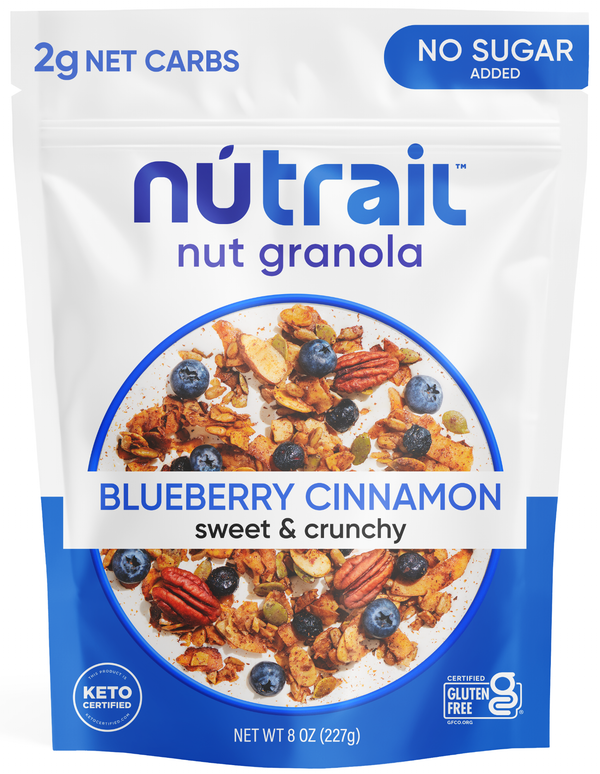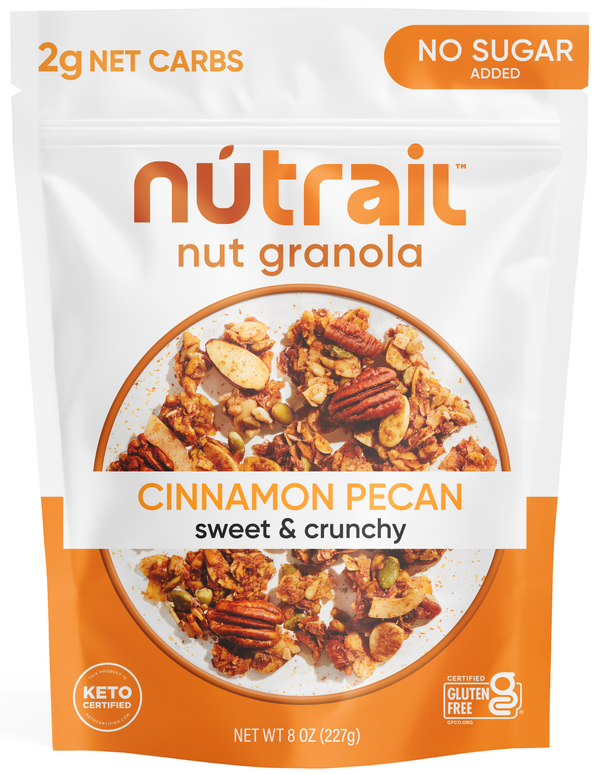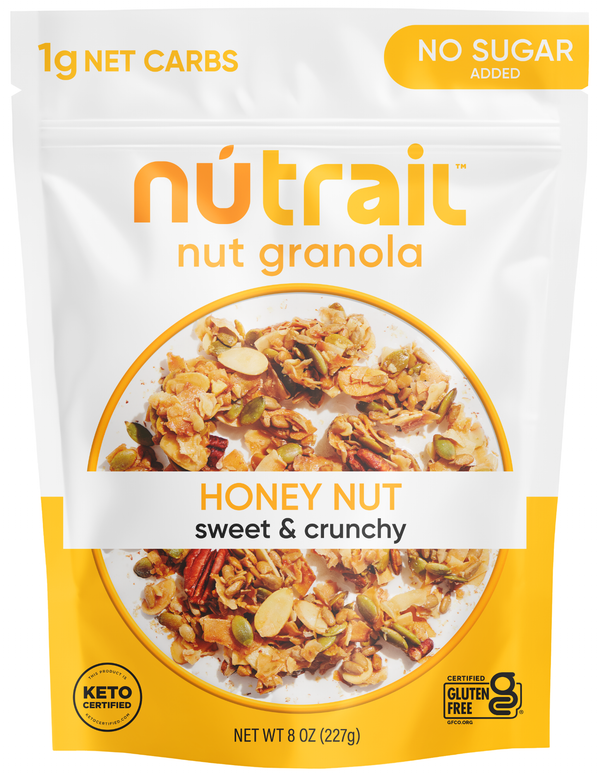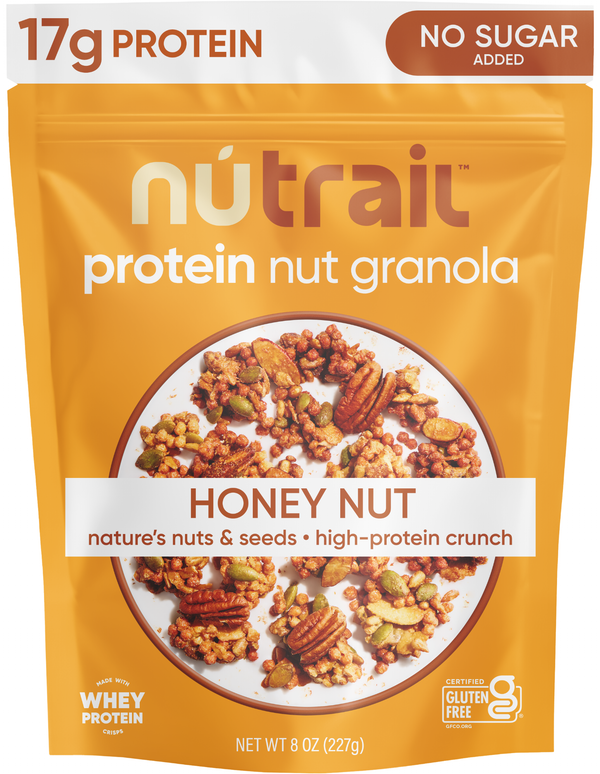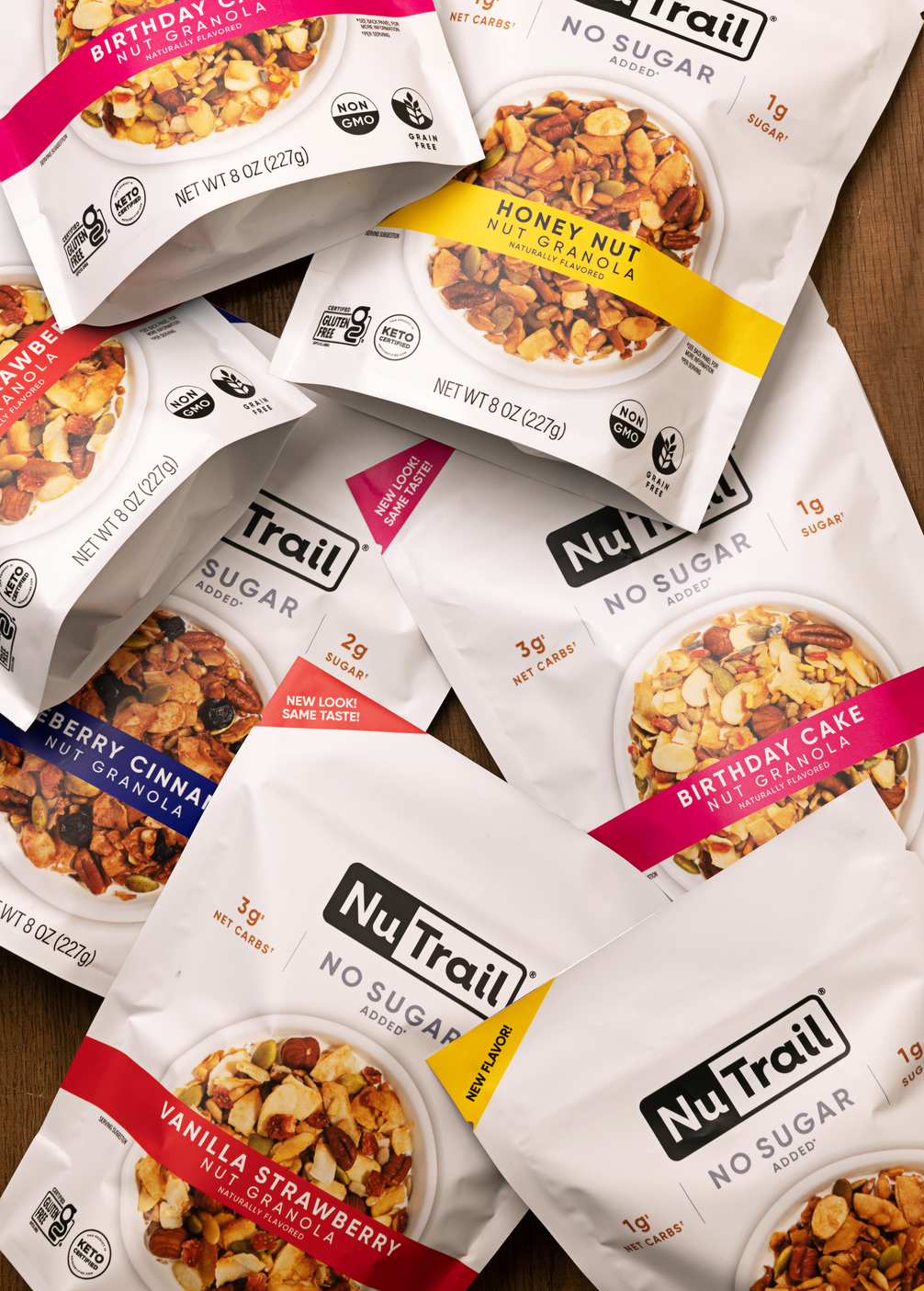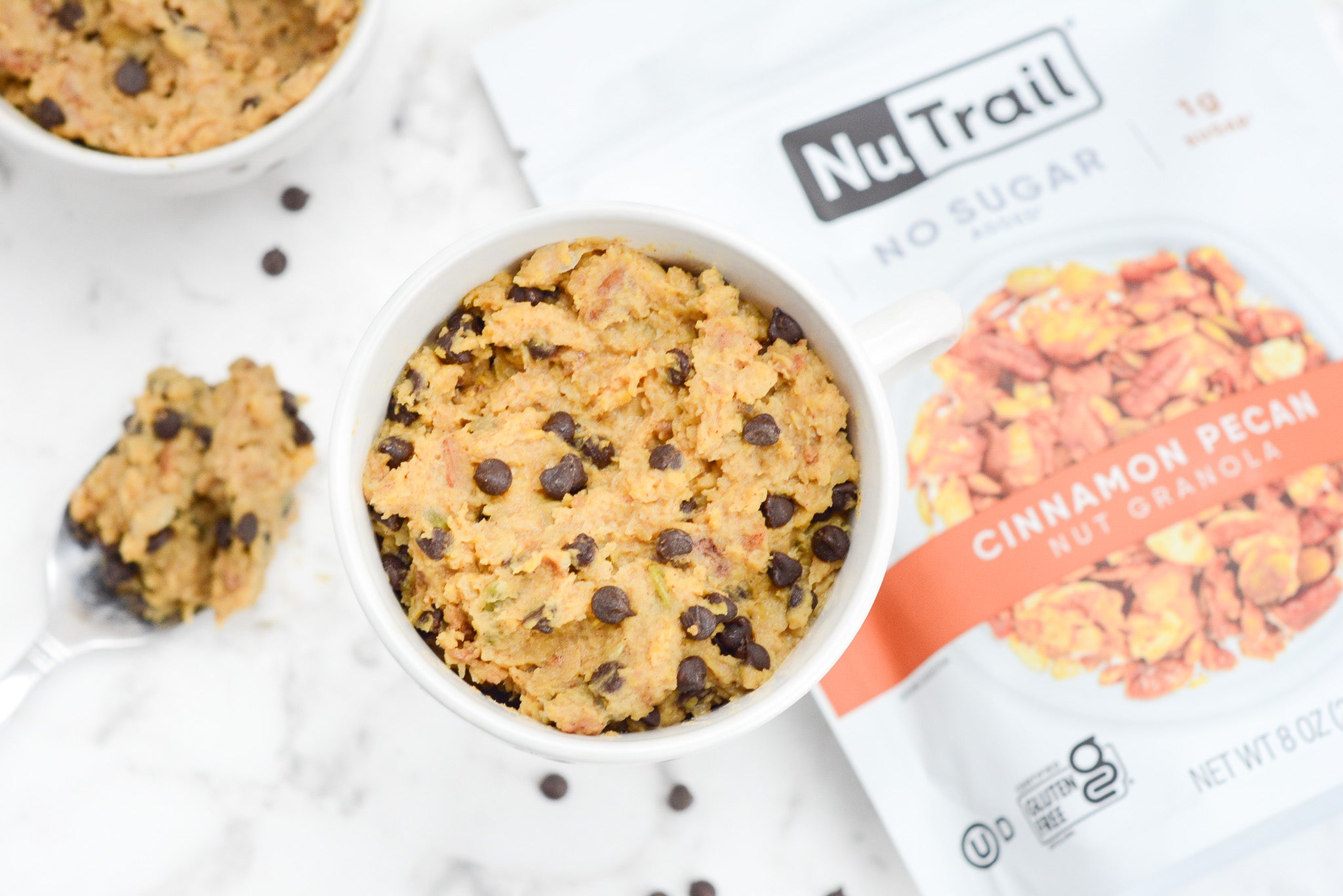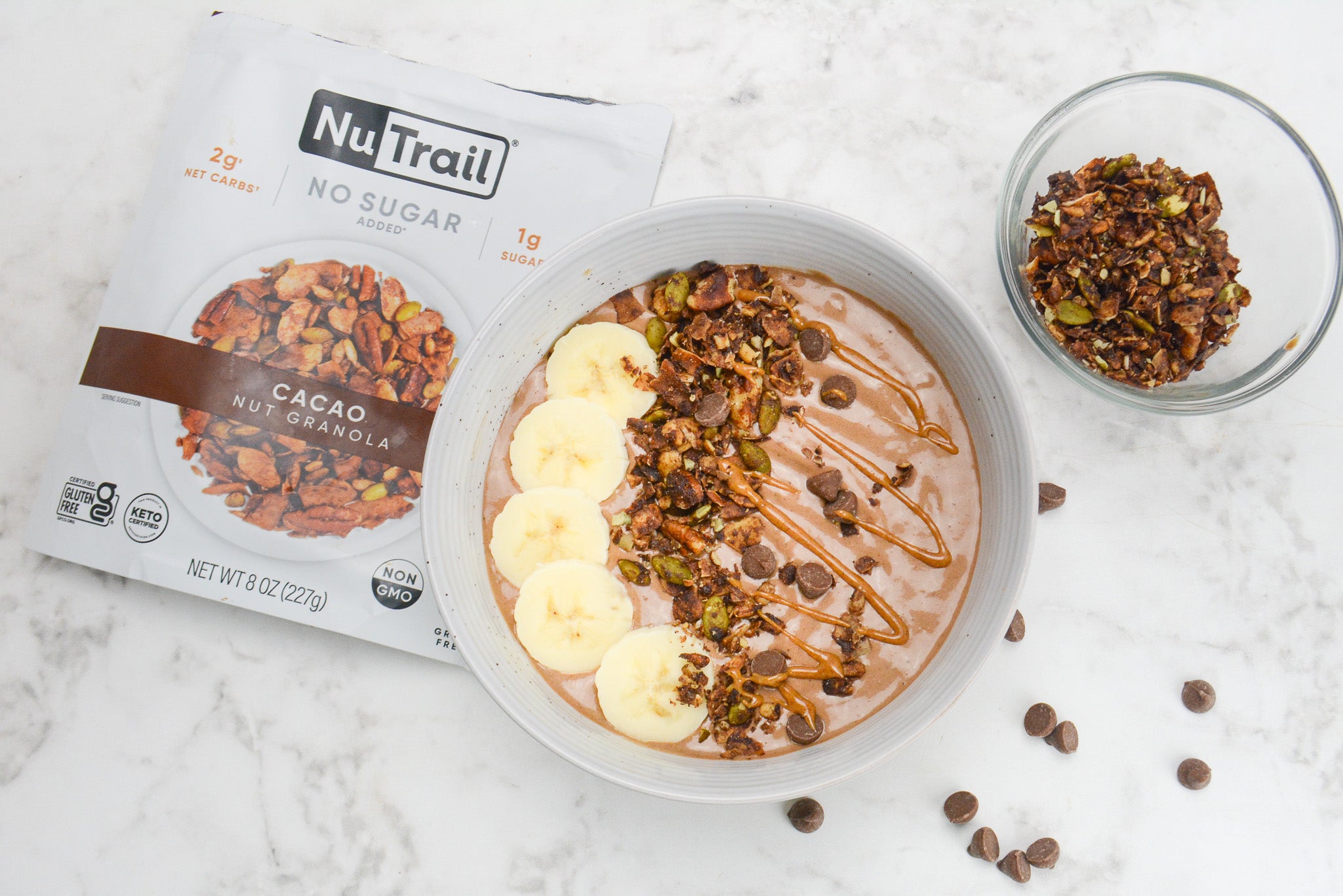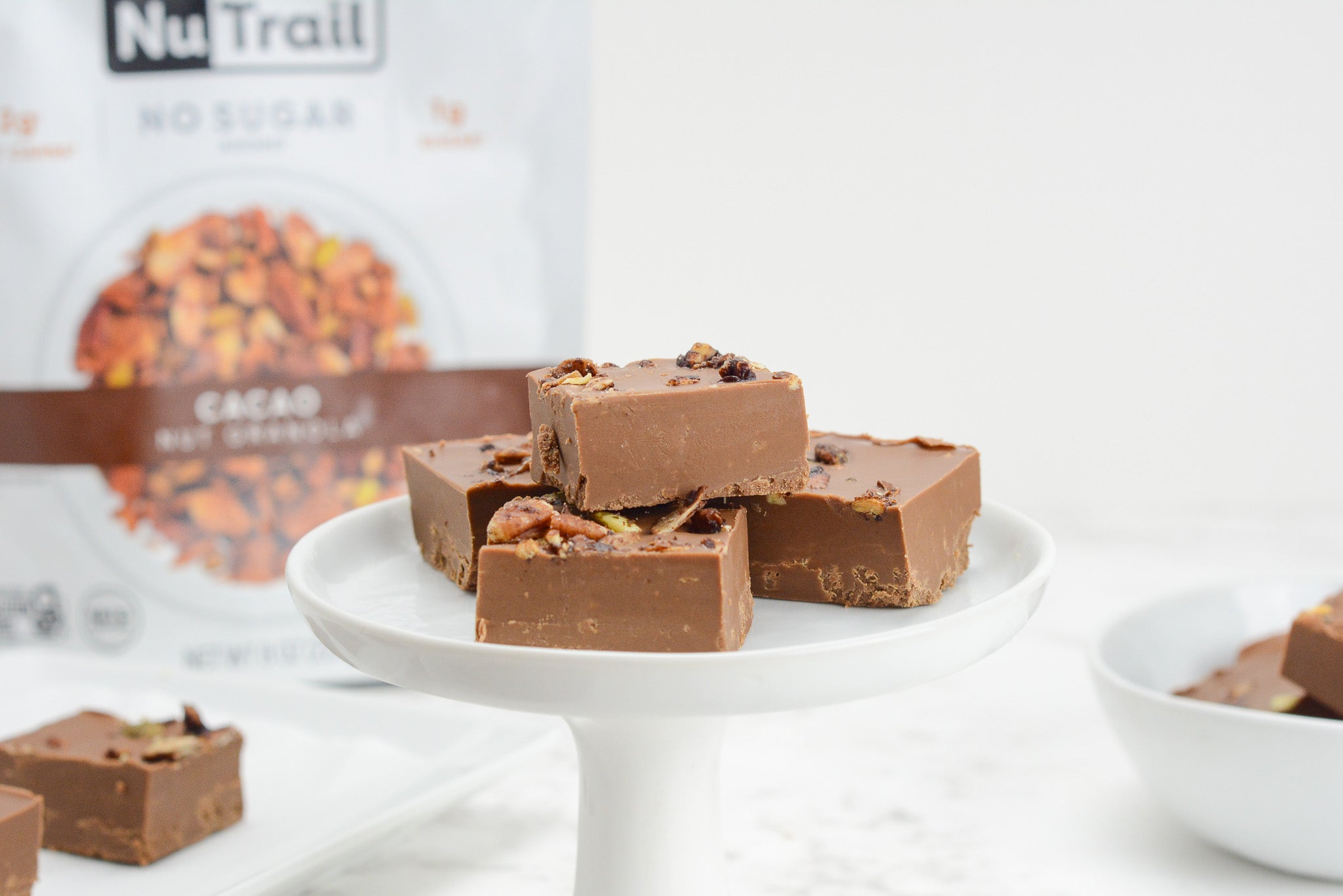Grocery shopping can already be overwhelming. Taking the time to try to understand food package claims can add a layer of stress and the blurry definitions of the vague descriptions can lead to confusion. Although food packages may claim a lot of different things, there are three main categories of claims that you will see on food products: health claims, nutrient content claims, and structure/functions claims. Keep reading to learn the truth behind food packaging claims, from Registered Dietitian, Chelsea Rice.
Health Claims
Health claims are a type of claim that describe a relationship between a food ingredient and reduced risk of a disease or health-related condition. For a food package to contain a health claim, there has to be scientific evidence that the food product may help protect against the disease in the context of a healthy diet. A few examples of health claims include:
- “Adequate calcium throughout the life may reduce the risk of osteoporosis”
-“Increased sodium intake may increase the risk of high blood pressure and heart disease”
Health claims must be written so that consumers can understand the nutrient’s relationship between the nutrient and the disease described. Although the FDA regulates health claims on food packaging, they do not regulate health claims made in magazines and television advertisements.
Nutrient Content Claims
Nutrient content claims are a type of claim that concerns the food product’s nutritional value. By knowing the definitions of terms used on food labels, you can better understand how to choose food wisely. The FDA requires that all nutrient content claims on food packages be based on how much of the food most people eat or drink, also called the reference amount. It is important to always check the food label, because the serving size and reference amount are not always the same. Here are some common examples of nutrient content claims that you might find on food packages:
- “High in” = 20% or more of the Daily Value
- “Light” = Has at least ⅓ fewer calories or 50% less fat
- “Good source of” = 10-19% of the Daily Value
- “Low calorie” = 40 calories or less
- “Reduced calories” = At least 25% fewer calories
- “Sugar free” = Less than 0.5g sugars
- “Reduced sugar” = At least 25% less sugar
- “High fiber” = 5g or more fiber
- “Low sodium” = 140 mg or less odium
- “Reduced sodium” = At least 25% less sodium
- “Sodium free” = Less than 5mg sodium
- “Fat free” = Less than 0.5g fat
- “Low fat” = 3g or less total fat
- “Cholesterol free” = Less than 2mg cholesterol and less than 2g of saturated fat
- “Low cholesterol” = Less than 20mg cholesterol and less than 2 g of saturated fat
- “Lean” = Contains less than 10g total fat, 4.5g or less saturated fat, and less than 95mg cholesterol
Structure/Function Claims
Structure/function claims are claims that may describe the role of a nutrient intended to affect the structure or function of the human body. A common example of a structure/function claim is “calcium builds strong bones''. A health claim and a structure/functional claim may look similar, but a structure/function claim is far less regulated and must be worded so that it does not mention a specific condition or disease. On the other hand, a health claim is well-researched, reliable, and approved by the FDA. It is also important to remember that the labels or dietary supplements are largely unregulated and the following FDA disclaimer is commonly seen on the label: “This statement has not been evaluated by the Food and Drug Administration. This product is not intended to diagnose, treat, mitigate, cure, or prevent any disease”.
There are a few other food marketing terms that you may commonly see on food labels including “natural” and “organic”, just to name a couple. Below we have described each of these terms in more detail.
- “Natural” = Currently the FDA considers the term “natural” to mean that nothing artificial or synthetic has been added to the product.
- “Organic” = The USDA defines organic meat, poultry, eggs, and dairy products as products that come from animals that are given no antibiotics or growth hormones. They define organic plant products as foods that are products without most conventional pesticides or fertilizers made with synthetic ingredients. If a product is labeled as “organic”, at least 95% of its ingredients have to be qualified as organic for the food product to have the USDA organic seal. If you see “made with organic ingredients”, that means that at least 70% of the ingredients in the product are certified organic.
Food packaging claims play a significant role in influencing our grocery shopping experience and purchases. By reading the ingredient lists, analyzing the nutritional facts, and understanding the food packaging claims, you can make a more informed decision about the food you consume. Take action today by becoming familiar with the product claims that read on the food packages in your household. You’ll feel better about your health and more confident next time you go to the store!
References:
